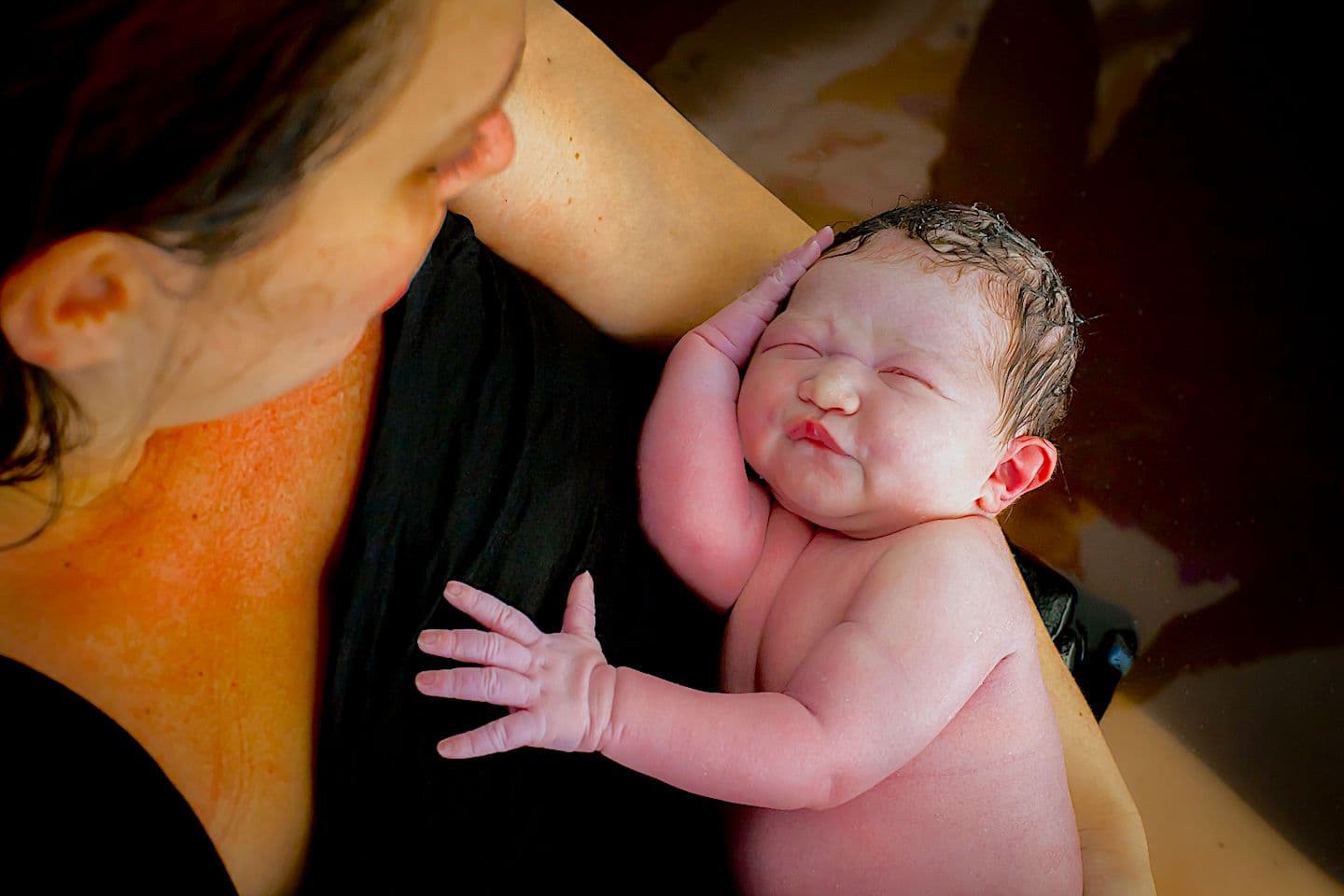Home Births Have Higher Neonatal Mortality Rate, Says Study
Homebirth
Obie Editorial Team

There are several reasons why some women reject the idea of giving birth in a hospital. These include concerns over privacy, comfort, and strong personal beliefs and values. Yet as good as at-home birth may sound, it is a riskier and more dangerous choice.
A recent study has compared early and total neonatal mortality over a three year period. The researchers compared births in the hospital setting and births performed at home. As a result, the study found that there is a significantly heightened risk of early and total neonatal mortality in at-home births, which is even higher if the woman is 41 weeks or more or if it is her first time giving birth.
According to NPR, 23-37% of women pregnant for the first time and giving birth at home end up transferring to a hospital to address medical issues that can’t be tackled in the home setting. Many women may choose to give birth outside of the hospital, believing this will help reduce the chances of undergoing a cesarean section or induced labor. It’s important to keep in mind that unpredictable events may occur during delivery that will require more extreme, direct, and professional care, which in turn may save the mother and/or baby’s life.
A similar study to the one above was conducted in Oregon and followed 80,000 pregnancies. The researchers here found that for women who had planned for births outside of the hospital, the risk of the baby dying either in the birthing process or up to a month later was up 2.4% compared to women who planned for hospital deliveries.
As always, be sure to consult your doctor before choosing how you will be giving birth. Every individual and pregnancy is unique and calls for different needs and levels of care. Plan accordingly.
Read More










